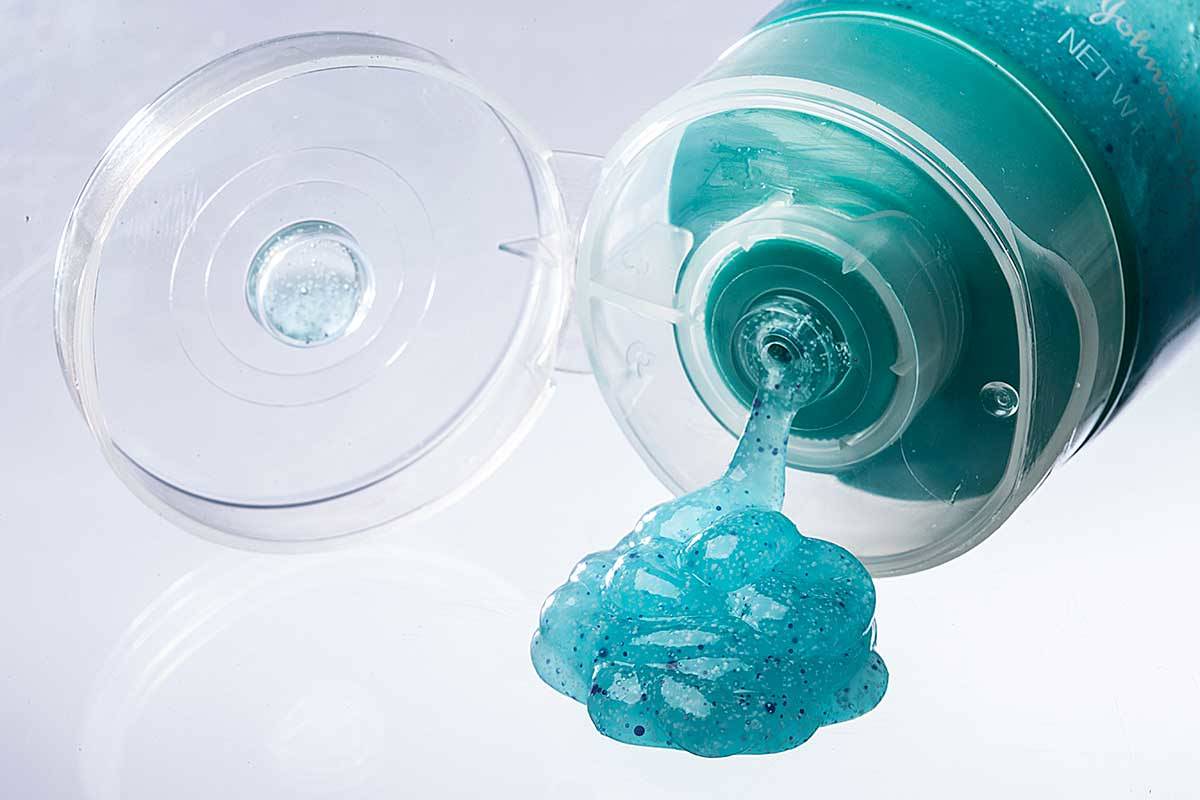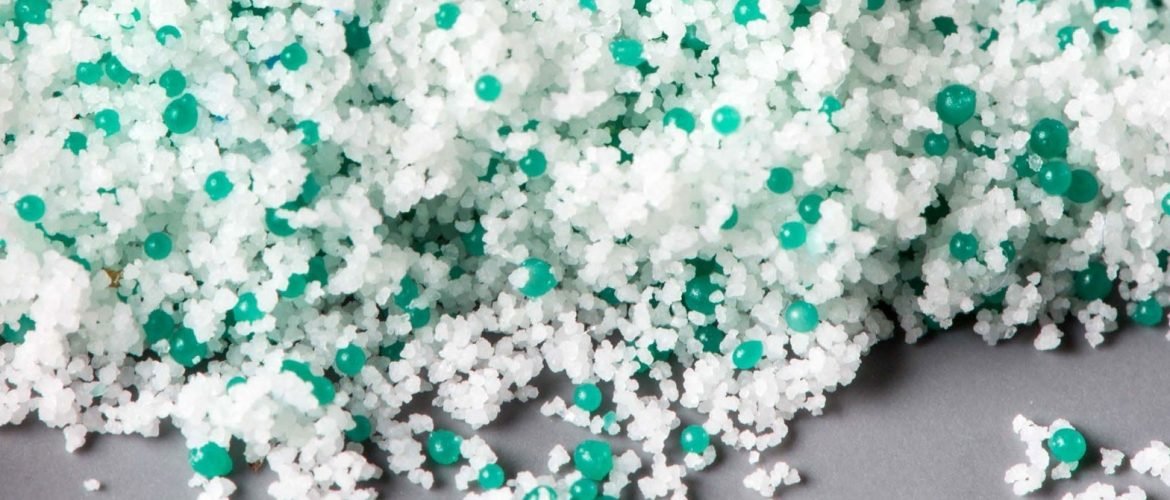Next time, You see a body scrub with a shiny and velvety look, please remember, if it does not say natural exfoliating products, it is nothing but all plastics in the bottle of cosmetics. Microbeads are plastic particles that are between 1mm and 1 micron in size and are found in all ranges of cosmetic products today. Microbeads came into existence during the World War II after the natural rubber was in short supply and extensive research was being developed to manufacture synthetic products. They were invented by John Uglestad in who managed to form polystyrene into smaller spherical spheres.
The microbeads are used by Cosmetic industry in products like Scrubs, Lotions, Body exfoliators, body baths etc. But they are also used in cleaning products, industrial uses, in Oil and Petroleum Exploration, textile printing and automotive molding. Early patents for microbeads began in 1972 but only in the 1990s, they started being used in the cosmetic products. It became very widespread from lotion to cosmetic products, toothpaste, lotions, sunscreens, shampoo, shaving cream and exfoliators for the smooth texture they create.
Prior to the invention of microbeads, natural abrasive products like cocoa beans, ground almonds, ground apricots, sea salt, ground pumice were used. These products use to degrade naturally unlike microbeads which absorb the chemicals present in the water, mistaken for food and end up back in the human food chain. One study found out that that 35% of 670 fish ( 6 edible species) were found to have microplastics in their stomach. The microbeads can travel through food intake from Gastro-intestinal track to lymphatic nodules of the body and can even reach lungs. These microbeads are highly toxic and can absorb chemicals more than 100 times its size. Oysters with microparticles have been found to have developmental issues with their offspring, energy intake, and reproductive performance.

A study undertaken in 2013 gave proof that every 200 ml of cosmetic creams/lotions contain 21g of Microbeads. Another study put the number between ( 137,000 – 2800000) per 150 ml bottle. Though many companies abroad i.e Procter and Gamble, IKEA, Clarins have taken commitment to stop the use of microbeads ; still much work needs to be done on the Indian Front where consumers are not aware of the existence of microbeads and microplastics. We at PRO India are trying to generate awareness about the presence of microbeads in cosmetic products and want Govt. of India to institute a ban on all the cosmetic, daily use products containing microbeads as has been done in the UK, USA and Canada.
Featured Image Source: http://osof.org/proposal-ban-sale-manufacture-plastic-microbeads-personal-care-products-new-zealand/



